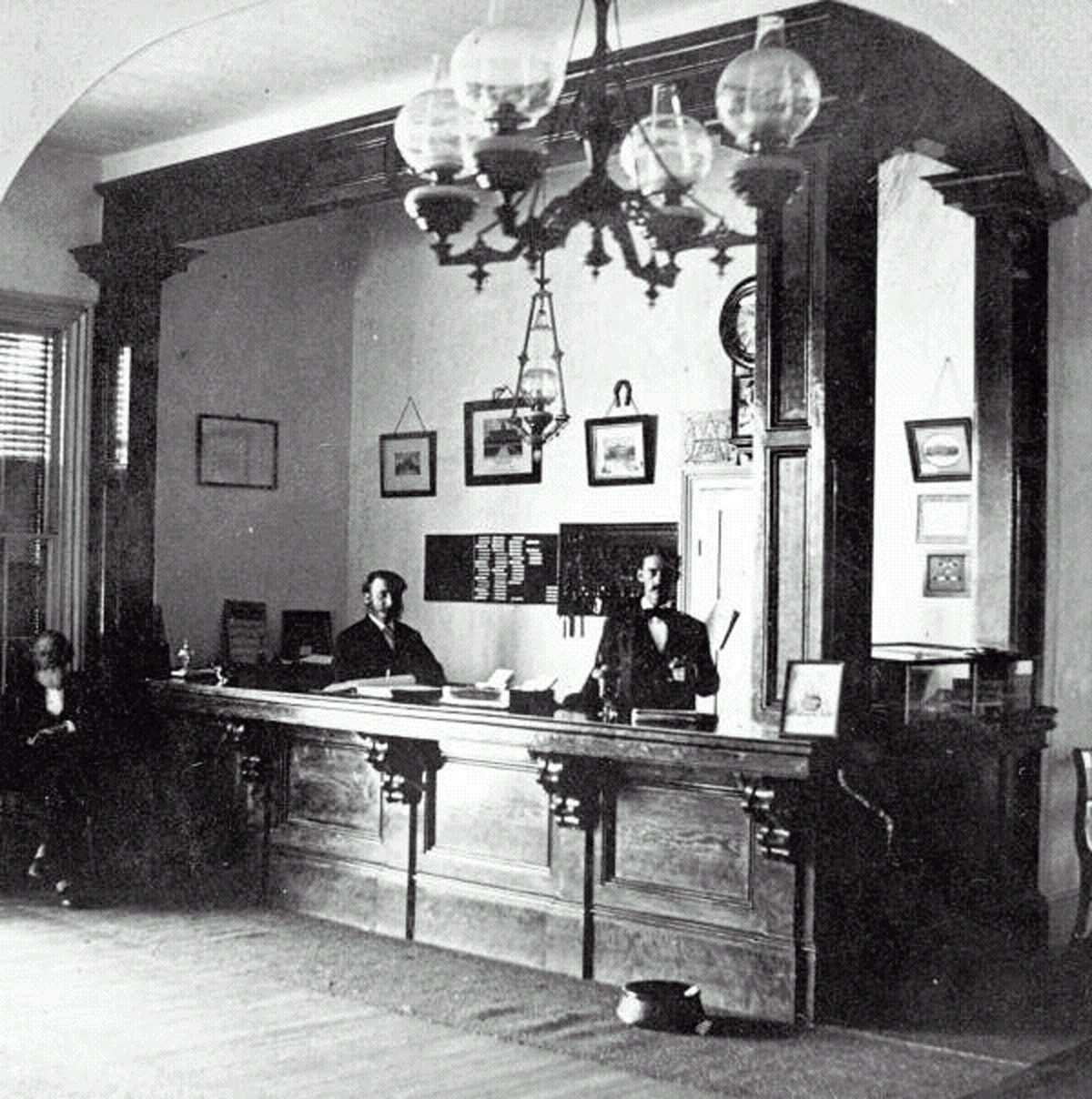Green Cove Springs’ Clarendon Hotel hosted Victorian swells
In the late 1800s, from November through May, swarms of tourists, invalids and settlers infected with “orange fever” flocked to Green Cove Springs to escape harsh northern winters.
In 1871, …
This item is available in full to subscribers.
Attention subscribers
To continue reading, you will need to either log in to your subscriber account, or purchase a new subscription.
If you are a current print subscriber, you can set up a free website account and connect your subscription to it by clicking here.
If you are a digital subscriber with an active, online-only subscription then you already have an account here. Just reset your password if you've not yet logged in to your account on this new site.
Otherwise, click here to view your options for subscribing.
Please log in to continueDon't have an ID?Print subscribersIf you're a print subscriber, but do not yet have an online account, click here to create one. Non-subscribersClick here to see your options for subscribing. Single day passYou also have the option of purchasing 24 hours of access, for $1.00. Click here to purchase a single day pass. |
Green Cove Springs’ Clarendon Hotel hosted Victorian swells
In the late 1800s, from November through May, swarms of tourists, invalids and settlers infected with “orange fever” flocked to Green Cove Springs to escape harsh northern winters.
In 1871, the Clarendon Hotel was built just south of Walnut Street and overlooked the famous sulfur spring. It was the largest and most luxurious of the town’s hotels for nearly three decades.
Partners John Harris and Joseph Applegate shrewdly obtained a 20-year exclusive use lease on the spring and provided guests with both hot and cold medicinal spring water for bathing. Water was pumped to each room by a boiler powered waterwheel capable of furnishing 200 barrels a day.
The Clarendon accommodated more than 200 guests in the main four-story building with a large three-story extension and two spacious adjoining cottages. Rooms were elegantly furnished and most boasted balconies and breathtaking views of the St. Johns River. All accommodations included spring beds with curled-hair mattresses and electric bells for summoning staff.
In addition to the several lounges and a formal dining chamber where fine linens, sterling silver flatware and crystal goblets graced the tables, the hotel provided both a billiard room and a bowling alley.
A wide plank-walk and steps from the hotel directly to the famous spring allowed Victorian ladies to indulge in the popular pastime of strolling to show off their extensive wardrobes and ornate matching hats.
Some of the Clarendon guests joined the day tourists delivered by riverboat to the wharf at the foot of Walnut Street and swam in the spring pools. In keeping with the times separate screened pools were provided for ladies and children. Few knew how to swim so inflatable water wings were available.
A popular nearby pastime was walking through Gail Borden Park, built by John Borden, the condensed milk heir, and named for his daughter. The park held a two-story open-air gazebo for band concerts and formal planted paths interspersed with whimsical oversized furniture built from tree branches. One special favorite was a huge rocking chair that once one managed to climb into the seat was so delicately balanced that the barest shift in weight caused it to gently rock.
One could exit the park by way of a clever turnstile fashioned from the upturned roots of a tree. Once the person was clear of the opening, the creation slowly returned to a closed position.
Some enjoyed a visit to the shop of Isaac and Charles Haas on Walnut Street. The brothers’ unique establishment offered both skilled photography and taxidermy. Many a client returned north with a stuffed armadillo or a photograph taken with a live chameleon wearing a tiny collar and chain leash pinned to her lapel.
As the 1890s dawned, the tourist traffic dwindled to a trickle when fickle tourists moved further south to Flagler’s resorts and touring Europe became popular. Sadly, on April 3, 1900, the Clarendon burned to the ground.








